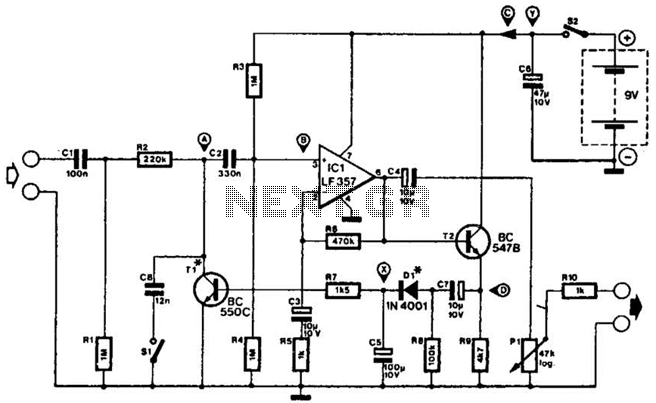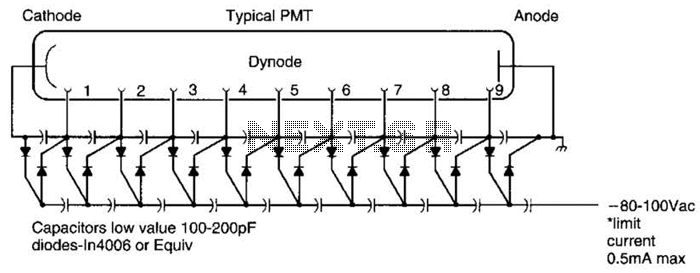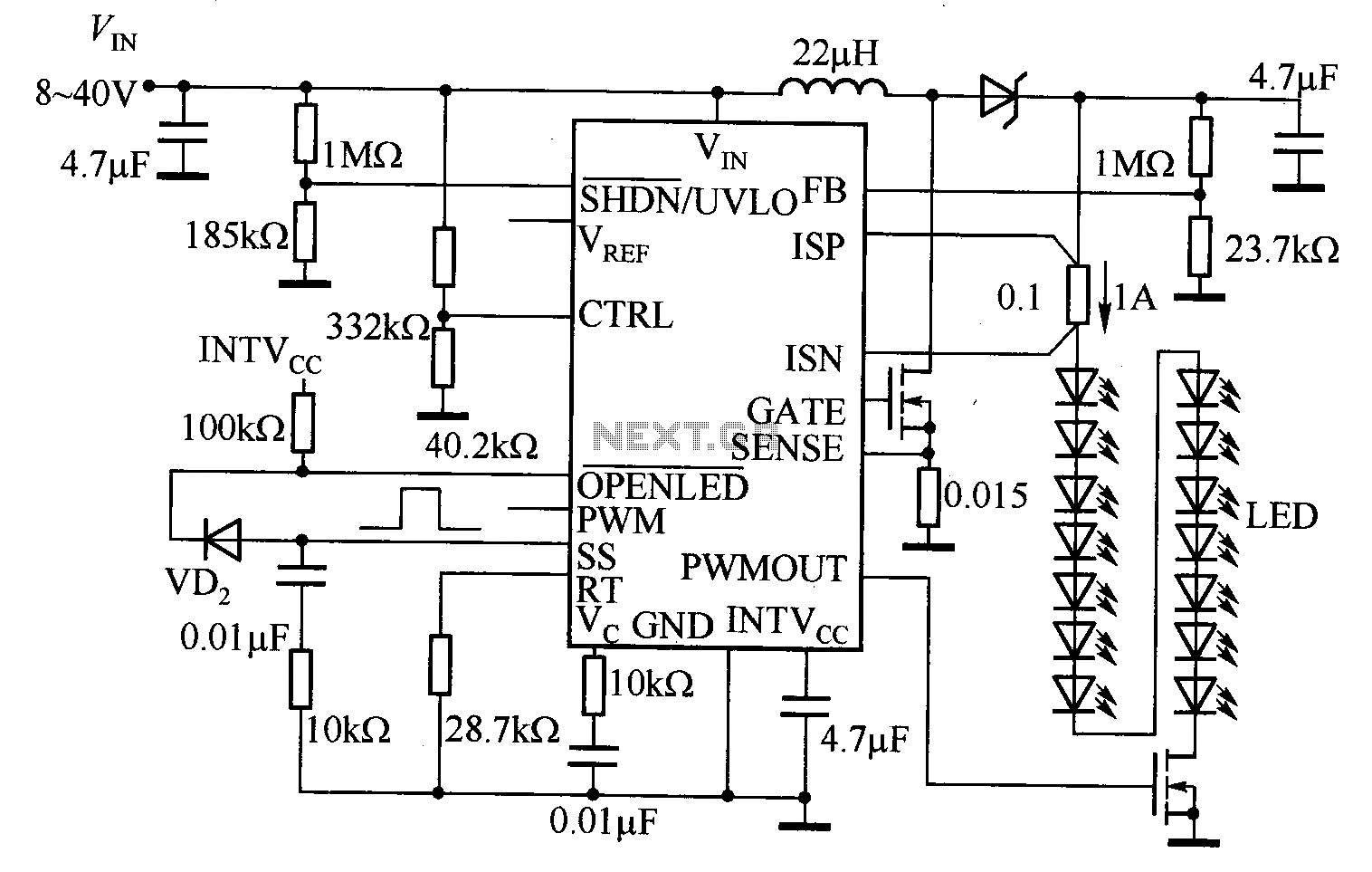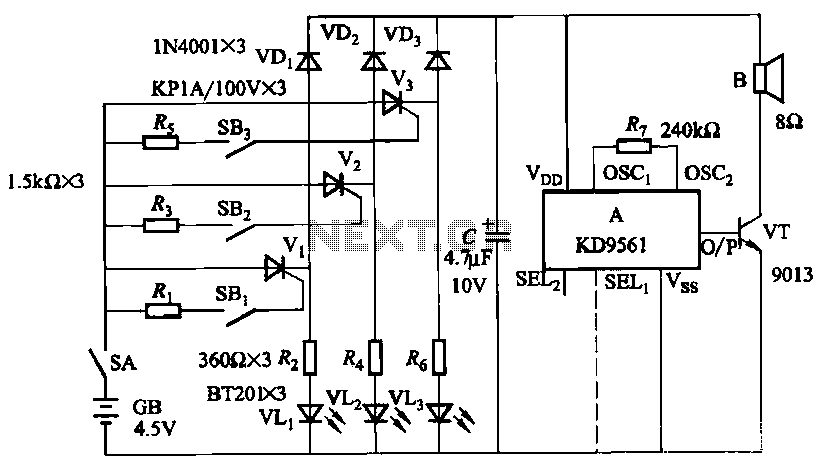
Earthquake Detector Circuit
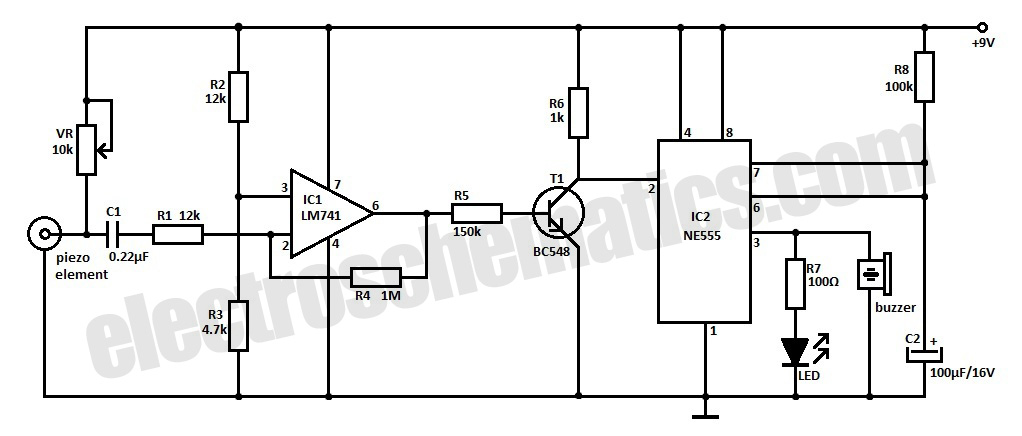
This is an ultra-sensitive earthquake detector circuit capable of sensing seismic vibrations. It can be utilized to detect vibrations in the Earth.
The ultra-sensitive earthquake detector circuit is designed to respond to minute seismic vibrations, making it an essential tool for monitoring geological activity. The core component of this circuit is typically a piezoelectric sensor or an accelerometer, which converts mechanical vibrations into electrical signals. These sensors are highly responsive and can detect even the slightest ground movements.
The circuit may include an operational amplifier (op-amp) configured as a non-inverting amplifier to amplify the small signals generated by the sensor. This amplification is crucial for enhancing the signal-to-noise ratio, ensuring that genuine seismic events are distinguished from ambient noise. The gain of the op-amp can be adjusted by selecting appropriate resistor values in the feedback loop.
To further process the amplified signal, a filtering stage may be incorporated. This stage typically employs a low-pass filter to eliminate high-frequency noise that may interfere with the detection of seismic activity. The cutoff frequency of the filter should be chosen based on the expected frequency range of seismic vibrations.
The output of the filtering stage can be fed into a microcontroller or a comparator circuit for further analysis. The microcontroller can be programmed to trigger an alert or activate a warning system when seismic activity surpasses a predefined threshold. This functionality is particularly useful in early warning systems designed to mitigate the impact of earthquakes.
Power supply considerations are also crucial for the circuit's operation. A stable power source is necessary to ensure consistent performance, and battery backup may be implemented to maintain functionality during power outages.
In summary, the ultra-sensitive earthquake detector circuit is a sophisticated system that leverages advanced sensing and processing techniques to monitor seismic activity effectively. Its design incorporates amplification, filtering, and signal processing elements, making it a valuable tool for earthquake detection and research.Here is an ultra sensitive earthquake detector circuit that can sense seismic vibrations. It can be used to detect vibrations in the Earth. So it is an ide.. 🔗 External reference
The ultra-sensitive earthquake detector circuit is designed to respond to minute seismic vibrations, making it an essential tool for monitoring geological activity. The core component of this circuit is typically a piezoelectric sensor or an accelerometer, which converts mechanical vibrations into electrical signals. These sensors are highly responsive and can detect even the slightest ground movements.
The circuit may include an operational amplifier (op-amp) configured as a non-inverting amplifier to amplify the small signals generated by the sensor. This amplification is crucial for enhancing the signal-to-noise ratio, ensuring that genuine seismic events are distinguished from ambient noise. The gain of the op-amp can be adjusted by selecting appropriate resistor values in the feedback loop.
To further process the amplified signal, a filtering stage may be incorporated. This stage typically employs a low-pass filter to eliminate high-frequency noise that may interfere with the detection of seismic activity. The cutoff frequency of the filter should be chosen based on the expected frequency range of seismic vibrations.
The output of the filtering stage can be fed into a microcontroller or a comparator circuit for further analysis. The microcontroller can be programmed to trigger an alert or activate a warning system when seismic activity surpasses a predefined threshold. This functionality is particularly useful in early warning systems designed to mitigate the impact of earthquakes.
Power supply considerations are also crucial for the circuit's operation. A stable power source is necessary to ensure consistent performance, and battery backup may be implemented to maintain functionality during power outages.
In summary, the ultra-sensitive earthquake detector circuit is a sophisticated system that leverages advanced sensing and processing techniques to monitor seismic activity effectively. Its design incorporates amplification, filtering, and signal processing elements, making it a valuable tool for earthquake detection and research.Here is an ultra sensitive earthquake detector circuit that can sense seismic vibrations. It can be used to detect vibrations in the Earth. So it is an ide.. 🔗 External reference
